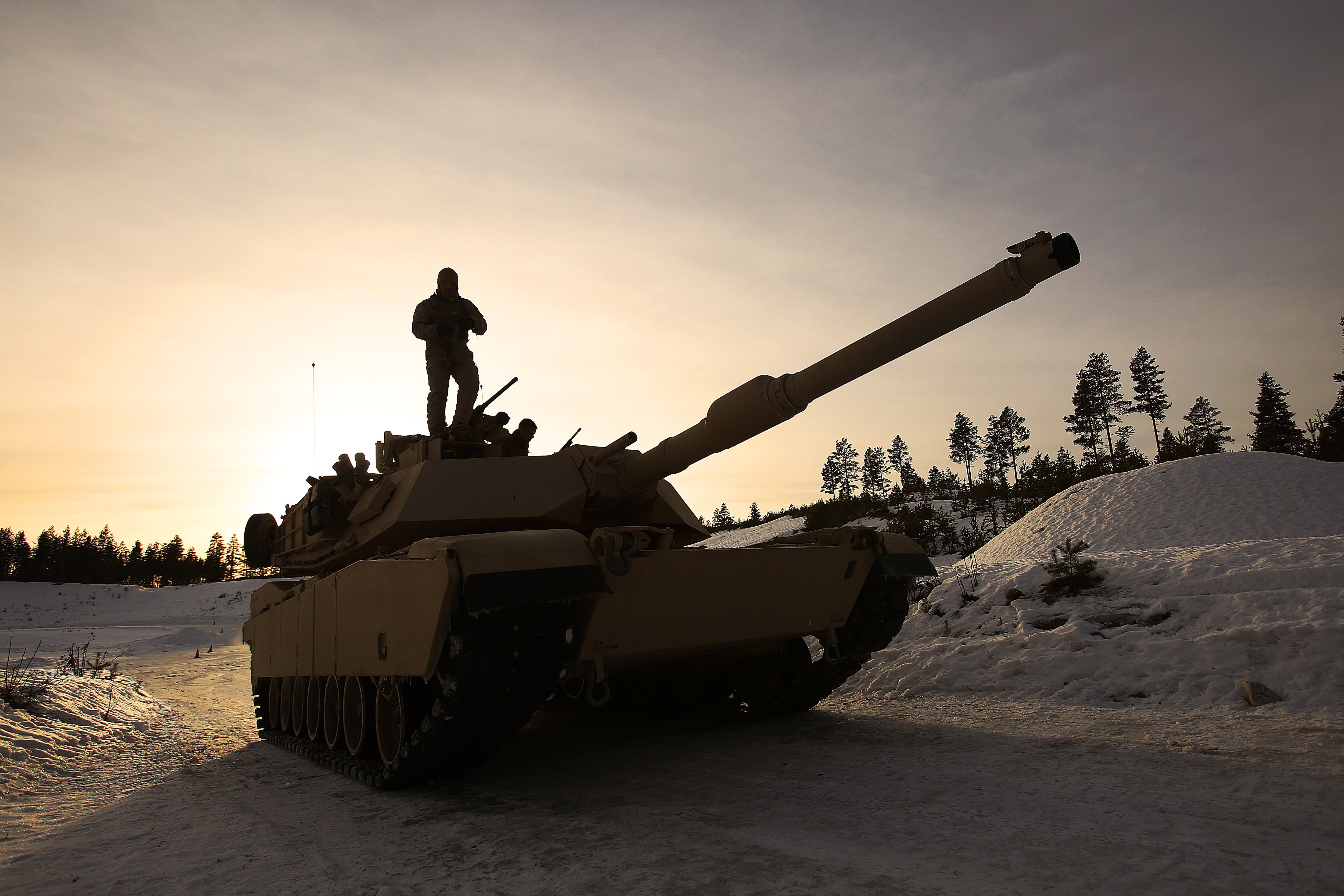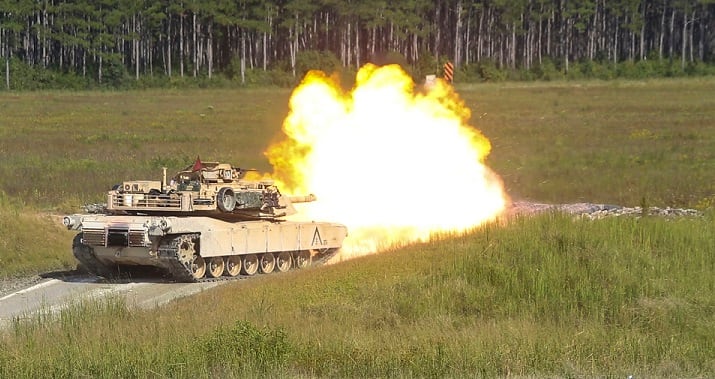As the Marine Corps ditches tanks in favor of a new force structure for fighting closer with the Navy, especially in the Pacific, it has also announced that those Marine tankers can now leave the Corps a year early if they choose.
A statement provided to Marine Corps Times from Manpower and Reserve Affairs provided some detail but a Marine Corps Administrative message has the full rundown.
The following Military Occupational Specialties, all tank-based, are being allowed to end their contracts a year early.
• 1812 – armor Marine
• 1869 – senior armor staff noncommissioned officer
• 2146 – main battle tank repairer/technician
• 1802 – tank officer
This is through a budget-cutting measure, sometimes known as the Voluntary Enlisted Early Release Program and the Officer Early Release Program.
Marines can’t get out any earlier than one year from the end of their contract, and they have to be eligible for either an honorable or general under honorable conditions discharge. It does not exempt them from individual ready reserve or reserve obligations, only active-duty commitment.
“The fiscal year 2021 Early Release Programs are aligned with the Marine Corps’ Force Design and further aligns us with the direction of the National Defense Strategy,” Col. Christopher Escamilla, branch head for Marine Corps plans, programs, and budget, said in the statement.
RELATED

Marine Corps Commandant Gen. David Berger announced earlier in 2020 that the Corps would divest itself of armor assets as it undergoes a force restructuring.
“We have sufficient evidence to conclude that this capability, despite its long and honorable history in the wars of the past, is operationally unsuitable for our highest-priority challenges in the future, “ Commandant Gen. David Berger wrote in a statement in March. “Heavy ground armor capability will continue to be provided by the U.S. Army.”
That restructuring also includes a reduced reliance on conventional tube artillery in favor of missile batteries and reductions in overall Marine Corps end strength, or the number of personnel, to pay for modernizing the force.
Further cuts are expected but have not yet been publicly disclosed in detail.
“As we implement Force Design to modernize the force for naval expeditionary warfare and fully align the service with the direction of the National Defense Strategy, we will begin a surgical reduction in personnel and realignment of specific capabilities and units,” Escamilla said.
RELATED

The aim is to bring the Marine Corps closer in alignment with a naval fight, which Berger envisions using Marines for sea area access and denial operations, specifically in the Pacific region against China.
That war plan, while still being developed, has little room for heavy, expensive assets such as tanks or armor, he and supporters argue.
“These redesign efforts will enable the Marine Corps to reinvest time, money, and resources into higher priority areas, which includes emerging technologies and significant changes in force structure to deliver a Marine Corps the nation needs by 2030,” the colonel said.
Those are the only MOS currently affected by the program, said Maj. Jordan Cochran, a manpower spokesman.
The reserve 4th Tanks Battalion was the first to go earlier in 2020. And 39 dozen of its reserve tankers from C Company, 4th Tanks Battalion, left the Corps for tank jobs in the Army in September. The Corps shipped out tanks from its other battalions this past summer.
Todd South has written about crime, courts, government and the military for multiple publications since 2004 and was named a 2014 Pulitzer finalist for a co-written project on witness intimidation. Todd is a Marine veteran of the Iraq War.




